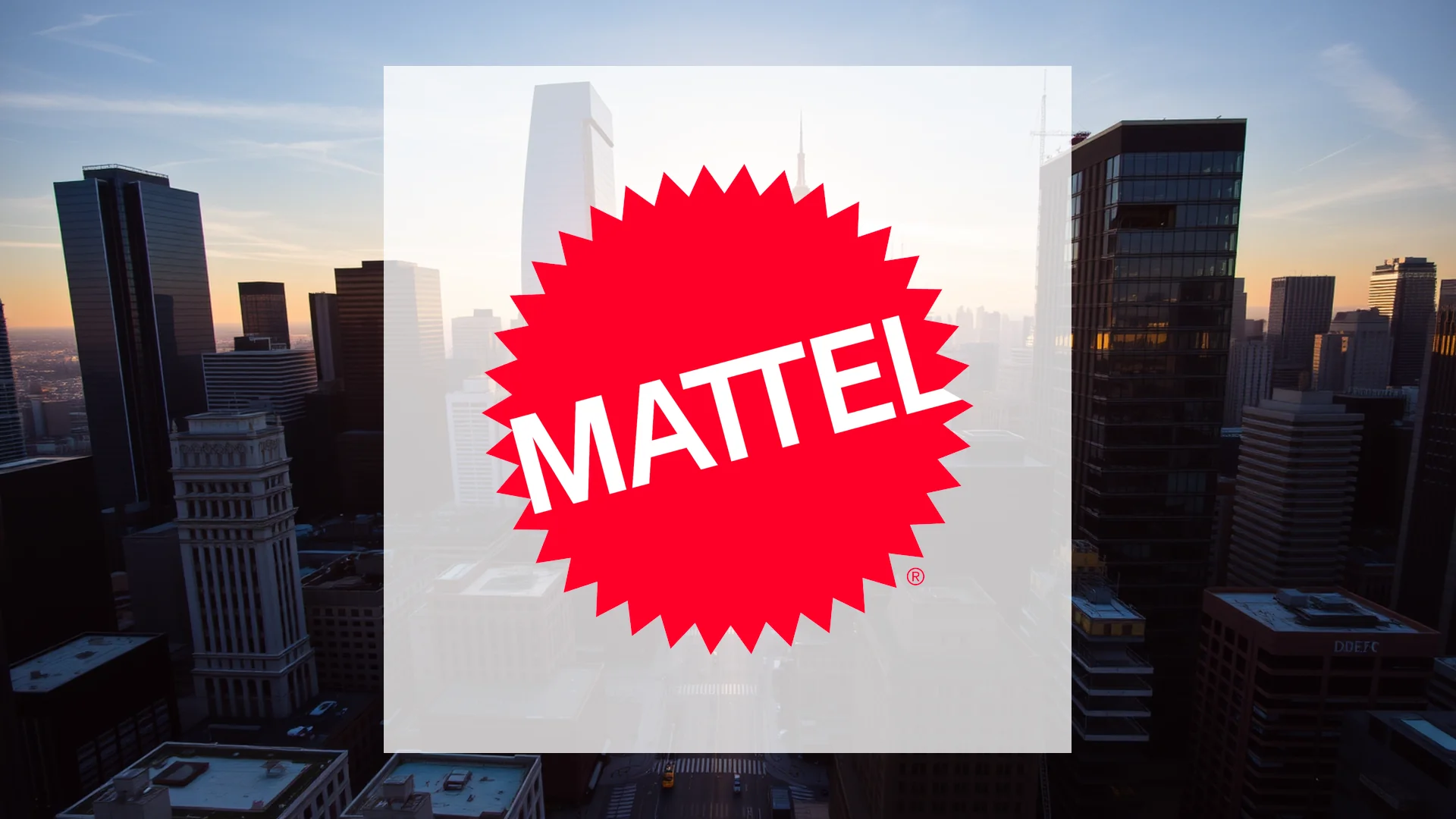The online furniture retailer Wayfair is currently demonstrating remarkable performance that has captured the attention of even the most seasoned market participants. While numerous e-commerce stocks face headwinds, Wayfair is enjoying an unprecedented surge, propelling its share price upward by more than 175% over a single year. This dramatic ascent prompts a critical examination of its underlying drivers and long-term viability.
Strategic Moves and Financial Positioning
Beyond its operational performance, Wayfair has been actively restructuring its financial foundation. The company successfully issued a $700 million bond, a strategic move aimed at repurchasing older convertible notes and optimizing its overall capital structure.
The reaction from credit rating agencies has been mixed, however. Moody’s elected to slightly downgrade the company’s credit rating, while S&P revised its outlook to “positive,” indicating a belief in the firm’s improving financial health. In a further strengthening measure, Wayfair appointed Hal Lawton, the CEO of Tractor Supply Company, to its supervisory board, signaling a commitment to experienced retail leadership.
Stellar Quarterly Earnings Spark Momentum
The catalyst for the recent explosive growth was the release of unexpectedly strong quarterly results in October 2025. Wayfair comfortably surpassed analyst forecasts across key metrics. Instead of the projected earnings of $0.44 per share, the company reported a profit of $0.70 per share.
Revenue also saw a significant increase, climbing 8.1% to reach $3.12 billion and exceeding market expectations. Perhaps most importantly, Wayfair generated a positive operating cash flow of $155 million, providing a clear indicator that its operational turnaround strategy is delivering tangible results. These figures collectively demonstrate that the company is not only expanding its top line but is also exercising effective cost control.
Should investors sell immediately? Or is it worth buying Wayfair?
Wall Street Responds with Upgraded Forecasts
The impressive financial report did not go unnoticed by major financial institutions. A wave of analyst upgrades followed, reflecting renewed confidence in the company’s trajectory. Bank of America made a significant move, raising its rating from “Neutral” to “Buy” and practically doubling its price target from $86 to $130.
This sentiment was echoed by other firms, including RBC Capital, Mizuho, and Barclays, which also substantially increased their own price targets. The current analyst consensus places the stock’s value in a range between $98 and $112, with some individual forecasts reaching as high as $150. This widespread upward revision underscores the market’s restored faith in Wayfair’s business model.
Potential Risks and Future Experiments
Despite the prevailing euphoria, investors must acknowledge that Wayfair remains a high-risk asset. The stock exhibits extreme volatility, with a beta of 3.27, meaning it typically moves three times more sharply than the broader market. Furthermore, the company’s EBIT margin remains in negative territory at -1.8%, a sign that the journey to consistent, sustainable profitability is not yet complete.
An interesting development on the horizon is the planned test of a smaller, physical store format in Columbus, Ohio, scheduled for 2026. This potential pivot away from a purely online model could open up new customer segments, but it also carries the risk of becoming a costly distraction.
The central question for investors is whether Wayfair can maintain its current flight path or if a significant correction is imminent. The answer will hinge entirely on the company’s ability to convert its positive operational momentum into lasting, bottom-line profitability.
Ad
Wayfair Stock: Buy or Sell?! New Wayfair Analysis from November 11 delivers the answer:
The latest Wayfair figures speak for themselves: Urgent action needed for Wayfair investors. Is it worth buying or should you sell? Find out what to do now in the current free analysis from November 11.
Wayfair: Buy or sell? Read more here...










